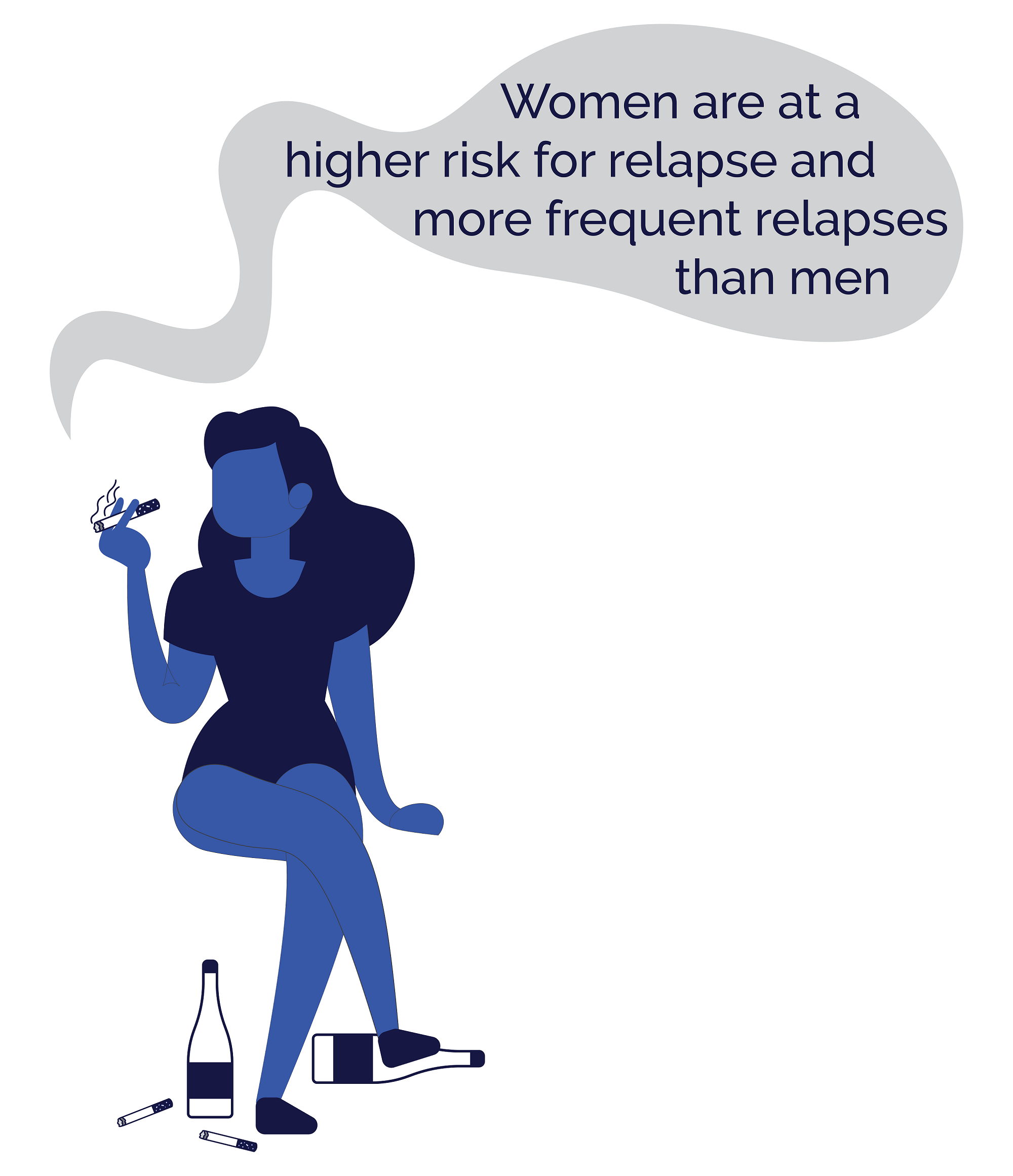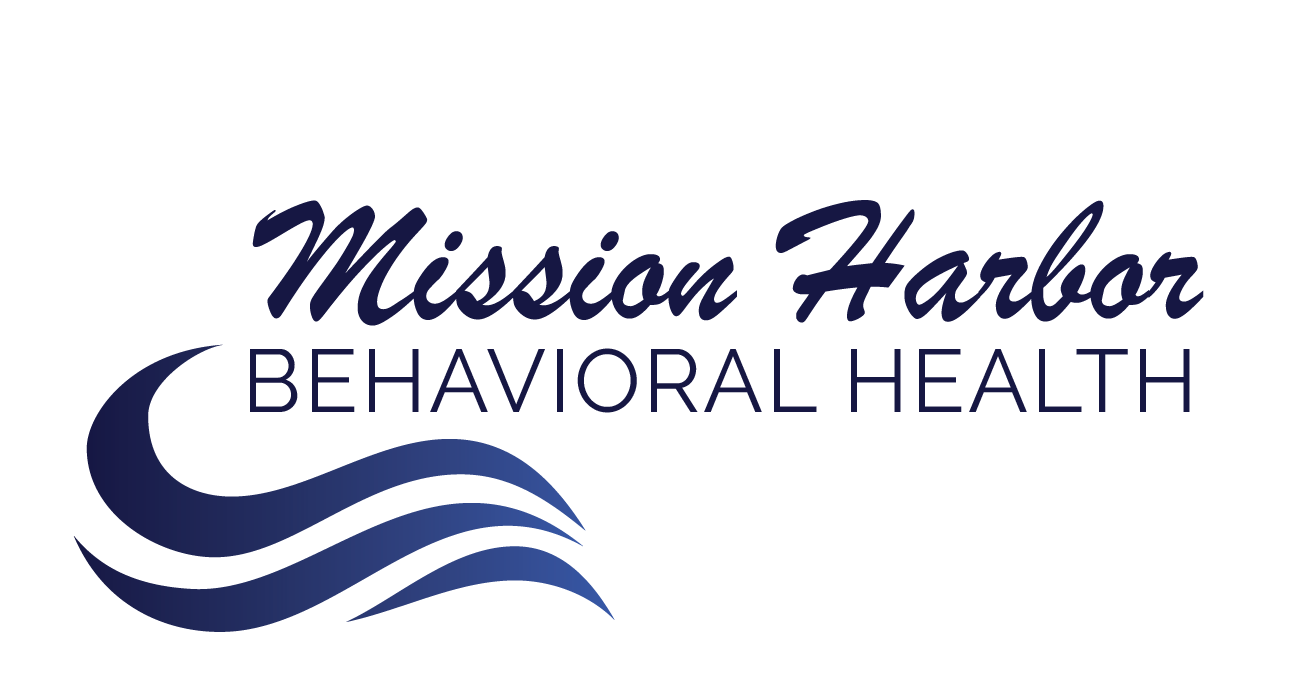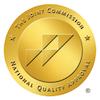A Guide to Substance Abuse Recovery for Women
Substance use disorder, drug abuse, and addiction affect both men and women, and neither gender is safe from developing this disorder. However, women often experience substance dependency differently than men, from how quickly dependency develops to the barriers they face when seeking help. This ultimate guide to substance abuse recovery for women explores women’s addiction, what makes rehab for women effective, and what to look for in a facility.
Women’s Risk Factors for Substance Abuse
There is no single determining factor for why some people develop an addiction disorder, and others do not. Trying a drug, drinking alcohol, or taking a prescription with addictive properties is like playing Russian Roulette. A combination of different risk factors can increase a person’s addiction profile, but risk factors for addiction and protective factors against addiction are not crystal balls that can accurately predict whether or not a person will struggle with substance abuse issues in their lifetime.
In addition to the fact that women tend to become addicted more quickly than men and face unique complications, they also have some specific risk factors for addiction that are different from what men experience. For example, the National Institute on Drug Abuse reports the following addiction risk factors for women:
- Being a victim of domestic violence
- Anxiety
- Depression
- Divorce
- Losing custody of children
- Death of a spouse or significant other
Additional risk factors for addiction among women include a history of sexual abuse, lack of social support, isolation, low self-esteem, and suffering from serious health problems.
PTSD and Addiction in Women
Given the high rates of sexual abuse and domestic violence among women seeking addiction treatment, this group may be more likely to also experience post-traumatic stress disorder (PTSD). This mental health condition develops when someone does not recover after the initial shock and fear they experience when suffering from a traumatic event, and it involves symptoms such as bad dreams, flashbacks of the trauma, avoiding feelings or reminders linked to the trauma, and startling easily.
Research shows that people exposed to extremely stressful and traumatic experiences are much more likely to develop addictions, so women with a sexual abuse or domestic violence history may need specialized rehab for women that addresses both addiction and trauma. Addiction may develop among women who use drugs to cope with PTSD symptoms, such as flashbacks. They may self-medicate with drugs in order to block out memories of the trauma or manage their emotions.
This means that many women in rehab may need services that are sensitive to their history of trauma. They will require integrated or dual diagnosis treatment to address both the addiction and the mental health condition. Specific types of therapy, such as exposure therapy and cognitive behavioral therapies, can be effective for addressing co-occurring PTSD and addiction in women.
How Substance Abuse Treatment Differs for Women
Drug addiction and substance abuse impact men and women in different ways, so it stands to reason that treatment for these issues will differ for both genders. Integrated treatment models that address the whole person are usually the most effective for women in addiction recovery. These treatment programs address all aspects of the addiction disease, including the spiritual, social, physical, and mental aspects of substance abuse and addiction.
Women’s treatment must recognize and respond to gender-specific challenges:
| Common in Women | Treatment Response |
| Higher rates of trauma and abuse | Trauma-specific therapy and safe environments |
| Co-occurring depression and anxiety | Integrated mental health services |
| Body image issues and eating disorders | Specialized therapeutic interventions |
| Relationship-based identity | Group therapy and community building |
| Childcare concerns | Family services and parenting support |
The question of women-only versus mixed gender treatment depends on individual needs. Women-only rehab programs provide safe spaces for trauma survivors, gender-specific discussions without judgment, and female counselors. Mixed-gender programs offer real-world interaction practice, diverse perspectives, preparation for post-treatment environments, and opportunities to rebuild healthy cross-gender relationships.
However, research shows that just grouping women together without women-specific treatment services doesn’t improve outcomes. In one study comparing female-only programs to mixed-gender groups, researchers concluded that placing women in same-sex groups without specialized treatment services designed for women’s needs is not effective in improving retention or outcomes.
What Women Need to Recover From Addiction
Overwhelmingly, women are still the primary caregivers for minor children, and they are also more likely than men to be caretakers for elderly or disabled family members. While both men and women face a powerful stigma attached to addiction issues, women tend to feel this stigma more strongly than men, especially if they are mothers to small children. Also, women with young children may fear that they will lose custody of their child if they seek help for addiction. Fear, shame, and social stigma keep many women from admitting they have a disorder and seeking treatment.
Also, studies have found that women are more likely to ask for help with addiction from primary care doctors or mental health clinics. They are less likely than men to contact a drug rehab for women or alcohol rehabilitation center, and stigma surrounding the disorder could be to blame. Many rehab centers that are not gender-specific don’t offer help for the unique barriers that women face, either.
When it comes to seeking treatment for addiction, women face several obstacles that the average man typically does not – lower wages, child custody issues, caregiving responsibilities, and intimate partner abuse.
Concerns related to drug use, pregnancy and childbirth also impact many women in rehab. As little as four percent of all women who enter a drug addiction rehabilitation center are pregnant at the time they are admitted. But the impact of drug or alcohol use on the developing fetus can be catastrophic. Using substances as a pregnant woman also increases the chances of adverse physical health effects on the mother, including seizures, high blood pressure, and preterm labor.
Women who abuse tobacco, marijuana, prescription narcotics, or illegal drugs while pregnant are up to three times as likely to give birth to a stillborn baby than pregnant women who do not abuse substances.
Women who are pregnant and addicted to drugs face even greater stigma, scrutiny, and possible punishment that men do not have to face. Gender-specific treatment centers are more likely than mixed-gender facilities to offer onsite childcare, prenatal care, and education about drug addiction and substance use for pregnant women.
How Women Recover Differently From Men
Recovery programs that offer supportive, non-judgmental care are more effective for women. It’s critical that women receive guidance from therapists, they can trust, and with whom they can build a rapport. For women in recovery from addiction, they will have the most success if they can form a relationship with a therapist who can hold them accountable for their actions, without finding fault or passing judgment.
Shame and guilt surrounding addiction issues tend to impact women more profoundly than men. Forming strong, supportive relationships with a therapist and also in group therapy with other patients is a significant motivator for women. A meaningful way to improve a woman’s chances of recovering from addiction is to cultivate strong and healthy relationships with other women in recovery who share similar struggles, concerns, and victories.
Also, problems with interpersonal and romantic relationships tend to be a common trigger for women with substance use issues. Initial treatment and ongoing recovery for women tend to be the most successful when therapy focuses on helping women achieve stronger levels of self-reliance outside of rehab. Fostering a sense of empowerment, and teaching women to trust themselves over others is vital for women’s substance abuse treatment.
Initial recovery happens more quickly for women than men, but women are at higher risk of relapse and more frequent relapse incidences than their male peers. Hormonal fluctuations sometimes play a role in the risk of relapse. It is thought that hormones play a critical role in the severity of drug or alcohol cravings.

Substance Abuse Statistics on Women vs. Men
Women have the same odds of developing a substance use disorder as men, but there are also unique differences between them. Here are some statistics on how addiction affects women vs. men:
- Men have higher overall rates of substance use disorders (11.5% of men vs. 6.4% of women).
- A woman who tries the same drug as a man is more likely to become addicted to that drug faster than her male peer.
- Addicted women are also at higher risk of suffering from medical and social consequences related to addiction and substance abuse.
- Women may have a more difficult time overcoming cravings as their hormones are continuously fluctuating during the reproductive years.
- Intimate partner and family abuse, problems with self-esteem, social pressures, and higher rates of depression and anxiety tend to trigger substance abuse in at-risk females. Women will also abuse drugs as a way to curb their appetite or to fight exhaustion. Men, on the other hand, are more likely to abuse drugs and alcohol because of peer pressure as adolescents and young adults, to experiment, or to de-stress.
- Due to physiological differences, women may develop dependence and health issues quicker as they typically experience more severe health consequences from substance use.
- Women who abuse alcohol have a higher risk of developing liver disease and other complications.
- Women are more likely to use drugs or alcohol with a partner, whereas men typically do so around other male friends.
Although men face higher rates of drug addiction and abuse than females, women who are addicted to substances face more substantial obstacles when it comes to obtaining integrated, comprehensive treatment and achieving and maintaining sobriety.
Female Addiction in Santa Barbara
Prescription opioids are the leading cause of drug abuse deaths in Santa Barbara County. While overdose deaths from opioids and stimulants are three to four times higher among men than women, female residents still face the risk of addiction.
Female Addiction in Los Angeles
In Los Angeles County, women of reproductive age account for 26.5% of all substance abuse treatment patients, with the 26-34 age group most affected. Methamphetamine (37.8%) is the most commonly reported substance among these women, followed by alcohol (26.6%) and prescription drugs (13.7%). Mental health issues affect 58% of women in rehab, and 37.7% experience homelessness.
Santa Barbara and Southern California Addiction Treatment for Women
For women seeking addiction treatment in the Santa Barbara and Southern California areas, Mission Harbor Behavioral Health provides services that meet women’s unique needs. For example, we offer several treatment tracks, and each program is individualized to address your specific situation. Gender is one factor we consider when determining the appropriate treatment track.
We also offer a variety of different therapies, including trauma therapy, exposure therapy, and cognitive-behavioral therapy, so there are options for women who are experiencing PTSD or lingering symptoms of trauma alongside addiction. We are also proud to offer several levels of care. Women with more intensive needs can participate in our partial hospitalization program, and those who need more flexibility can benefit from our intensive outpatient program. We also offer an evening professionals program to meet the needs of women who are working and/or caring for children.
A treatment professional can determine the best course of action for a woman living with addiction. Contact us today, and a member of our team will help you to devise a plan for your recovery.
Frequently Asked Questions
What should women look for in a rehab facility?
Substance abuse and drug addiction affect people in different ways. For women especially, it’s essential to look for a rehab facility that will meet their specific needs and issues they face.
- For pregnant women – Pregnant women seeking treatment for substance abuse will need to find a rehab facility that can accommodate their prenatal needs.
- Family dynamics – Women who struggle with drug abuse as adults were often subjected to drug abuse as children, or abusive family situations when they were young. In many cases, these women grow up and become involved with peers or romantic partners who repeat these same, destructive patterns. Women facing these particular problems and influences need to find a center that staffs professionals who can accurately assess and account for how the patient’s past and present relationships impact her addiction. Therapy programs that address relationship skills, how to build and maintain firm boundaries, and how to be assertive are ideal for female patients with these struggles.
- Romantic Relationships – Women are more likely to stay in an abusive situation because of societal or financial pressure. These problems often worsen addiction and mental health disorder symptoms. Women facing these issues need to find a facility that can help them gain a sense of autonomy and safety while overcoming substance abuse disorder.
- Parenting – Women’s relationships with their children while in rehab will significantly impact her ability to recover from drug abuse or addiction. Female patients who are mothers need a rehab program that offers parenting classes and therapy that is geared toward strengthening the bond between parents and child. Some rehab centers even offer to counsel the children of addicted patients or provide referrals, counselors, or therapists who specialize in these complex issues and how to improve family relationships.
Do female-only rehab centers exist and can they benefit women more than a mixed gender facility?
Female-only rehab centers do exist, although they are not as common as mixed-gender facilities. No research overwhelmingly supports the idea of female-only rehab centers. However, women who have experienced significant trauma, and abuse from men can benefit from a women-only treatment center. Being able to feel safe in a facility is critical for a patient’s recovery from addiction.
Do rehab centers offer onsite childcare?
Many intensive outpatient treatment programs and day programs offer onsite childcare for patients who are mothers. These facilities provide women the chance to attend rehab, counseling, and group therapy during the day while their children are cared for onsite. Inpatient rehab programs, however, do not typically offer onsite childcare. Women who need to stay in a rehab facility usually need to find a caregiver for their children while they are recovering. For many women, this is not a viable option. Instead, intensive outpatient programs offer women integrated, effective treatment that doesn’t involve the need to stay overnight at a facility.
Does insurance cover rehab for women?
Most insurance plans cover addiction treatment for women under provisions of the Affordable Care Act. Coverage will vary depending on your specific plan but may include services like detox, inpatient rehabilitation, outpatient programs, and medication-assisted treatment. Always verify benefits directly with your insurance provider and treatment facility to understand your specific coverage details.
This guide is intended to be informational. If you are considering help for you or your loved one and would like more information, please consult a medical professional or licensed treatment facility.

